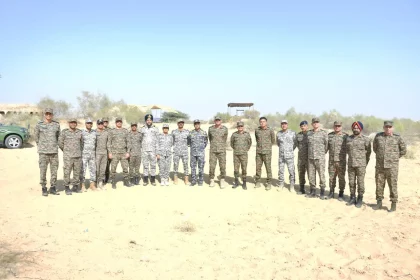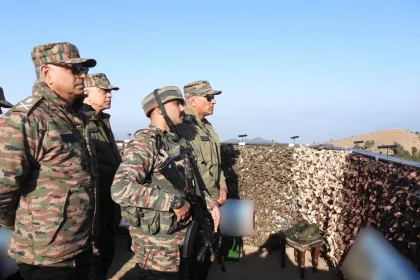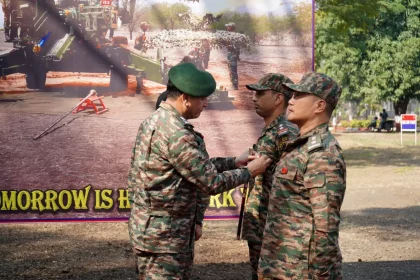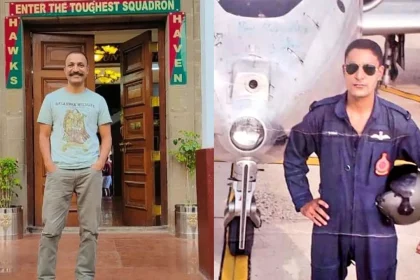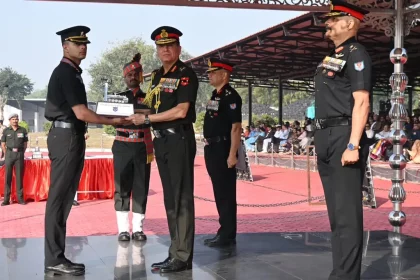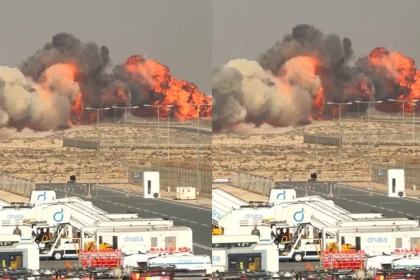HDMC Officers Receive Operational Exposure During Forward Area Visit by Ranbankura Division
Orientation under Chetak Corps highlights preparedness, interoperability and training excellence.
Lt Gen Pratik Sharma Reviews Operational Readiness During Visit to Shahsitar, Poonch
Army Commander Northern Command commends troops for professionalism and high preparedness in challenging conditions.
Lt Gen Dhiraj Seth Reviews Tech-Enabled Training Initiatives at Artillery Centre Nashik
Southern Army Commander praises modernisation efforts and recognises achievers driving transformation in Gunner training.
India Lost Wing Commander Namansh Syal in Tejas Fighter Jet Crash
The nation mourns the loss of Wing Commander Namansh Syal, whose service exemplifies dedication to India's defense capabilities.
Lt Gen Dhiraj Seth Presides Over Passing Out Parade at CAATS Nashik
Southern Army Commander congratulates graduating aviators and emphasises the future of manned–unmanned teaming in warfare.
Indian Air Force Tejas Fighter Jet Crashes During Dubai Air Show, Resulting in Pilot’s Death
In a statement posted on social media, the IAF expressed condolences to the pilot's family and emphasized the commitment to…

